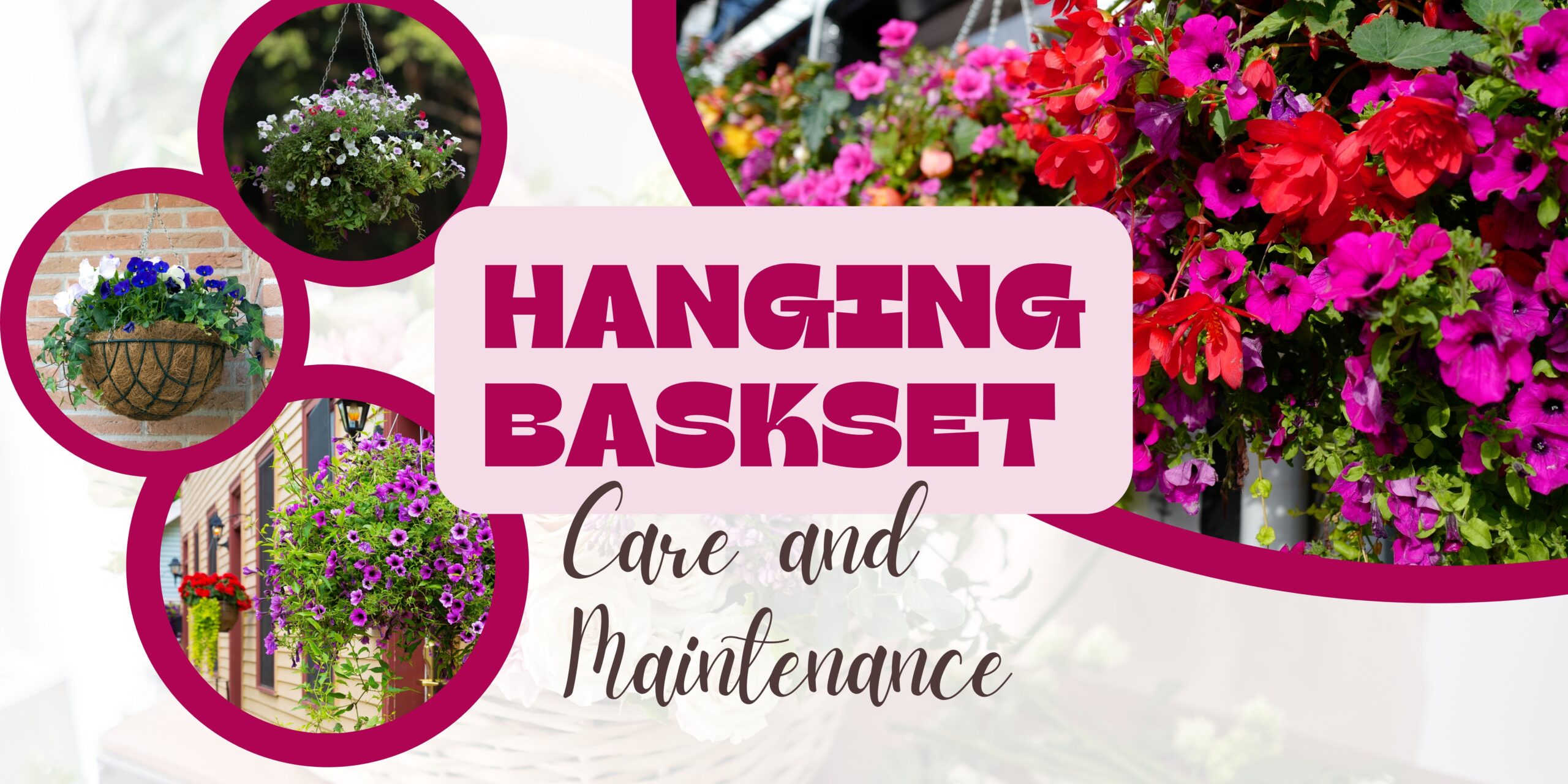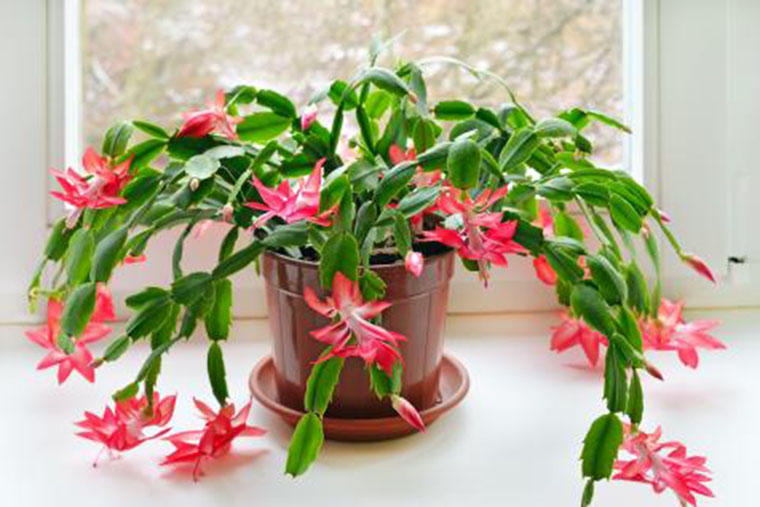All About ZZ Plants
ZZ Plants, named as a short-hand for their Latin name Zamioculas zamiifolia, are a genus of flowering plants in the Araceae family. Other common names also include Zanzibar Gem, Zuzu Plant, Emerald Palm, and Eternity Plant.
The ZZ Plant is a tropical perennial plant native to Eastern Africa, from southern Kenya to northeastern South Africa. Although they did not become a commercially propagated plant until around 1996, they have quickly become a popular favourite for their attractive glossy green foliage and extremely easy care.
There are three varieties most commonly seen in retail, the original ZZ Plant, the Raven ZZ, and the Zenzi ZZ. Each has a slightly different growth habit, the original being the largest followed by the slower and shorter Raven and the even smaller, more compact, Zenzi. All varieties have pairs of succulent-like leaflets that are pinnate, meaning arising from both sides of a common axis, growing from a stout underground succulent rhizome. This rhizome allows the plant to grow as an evergreen storing water for short periods of drought. However, in extreme periods of drought, the plant will behave as a perennial and die back to reserve resources in the rhizome until rainfall resumes. The leaves also contain an unusually high amount of water, as much as 91%. For these reasons, the ZZ Plant is extremely drought tolerant and prefers a drier climate.
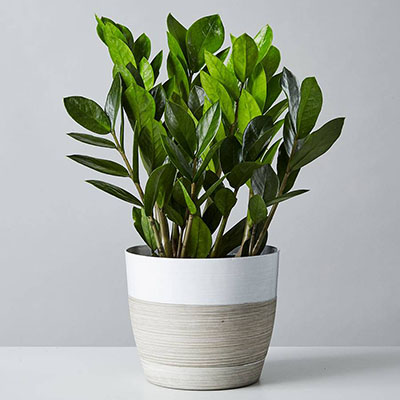
ZZ Plant
Zamioculcas zamiifolia
The most common variety of ZZ plants. An easy-to-care-for houseplant featuring dark green leaves on sturdy stems with an upright growth habit. Under ideal conditions, the ZZ Plant can reach up to 3-4ft tall.
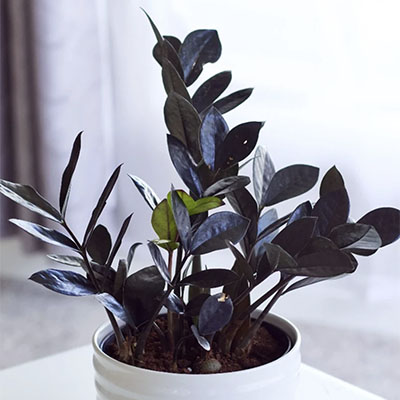
ZZ Plant ‘Raven’
Zamioculcas zamiifolia ‘Raven’
A slower-growing variety of the ZZ Plant with dark purple to maroon leaves that are slightly smaller in size. The Raven can grow to a maximum height of about 2.5ft provided enough time and the right environment.
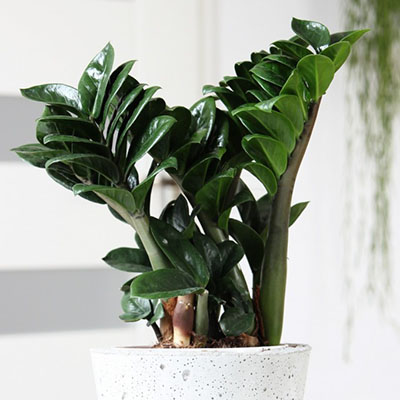
ZZ Plant ‘Zenzi’
Zamioculcas zamiifolia ‘Zenzi’
This dwarf variety of the ZZ Plant has dark green leaves that are smaller in size with a more compact growth habit. The Zenzi usually will not grow taller than about 10-12 inches.
Plant Care
Light
ZZ plants do best in bright to moderate indirect light, but will do fine in extremely low levels of light.
Soil
These houseplants are not too picky about soil. So long as the soil allows for excellent drainage, your plant will thrive. If you would like to improve drainage you can amend your potting soil with perlite, vermiculite, or coco peat.
Water
ZZ plants are highly drought tolerant and can handle infrequent waterings. They should be watered once the soil dries out completely around every 2 weeks.
Humidity
Average household humidity is acceptable for ZZ plants.
Temperature
They prefer warmer climates and can not tolerate being in conditions colder than 15 °C (60 °F). Their ideal temperature range is between 18 and 26 °C (64 and 79 °F). Avoid placing your plant in a location close to drafts or particularly cold areas of your home, especially in winter.
Propagation
There are two ways to propagate ZZ Plants:
Division: separating the rhizomes after multiples form in the soil
Stem Cuttings: Cutting the entire stalk using a sterilized cutting tool and propagating in water or growing medium.
Toxicity
Unfortunately, the ZZ Plant is considered to be toxic to both humans and pets. Be extra mindful of your ZZ Plants if there are children or animals in the home.
Plant Problems
Over Watering
ZZ Plants are not particularly prone to pests. The most common problem they experience is how much water they are receiving. Only water when the top 3” of soil is dry to avoid over watering and root rot.
 |
| 

